December 5, 2025 | 22:52 GMT +7
December 5, 2025 | 22:52 GMT +7
Hotline: 0913.378.918
December 5, 2025 | 22:52 GMT +7
Hotline: 0913.378.918
At the Meeting to review the Action Plan to implement the growth target of the agriculture and environment sector and total export turnover of agriculture, forestry and fishery products in 2025 on April 1, Deputies Ministers of agriculture and environment sectors proposed some solutions to realize growth target of 4% for the whole industry.
The goal set for growth is maintaining the added value of AFF area from 4% to above. In which, added value of agricultural sector is expected to reach 3.85%, crop production sector is expected to hit from 2.4-2.9% and livestock productin from 5.7 – 5.98%. Fishery is expected to increased by 4.35% and forestry hitting the growth rate of 5.47%. At the same time, together with growth goal, the agriculture sector directs toward total AFF export of 65 billion USD, thriving to hit the milestone of 70 billion USD.
According to Deputy Minister Hoang Trung, to achieve the targeted double-digit GDP growth and maintain an overall growth rate of 4% for the agricultural sector, we have been exerting maximum effort across all production areas and agricultural groups. As the agricultural land fund becomes increasingly difficult to expand, the only viable solution is to increase the value generated per unit of cultivated area.
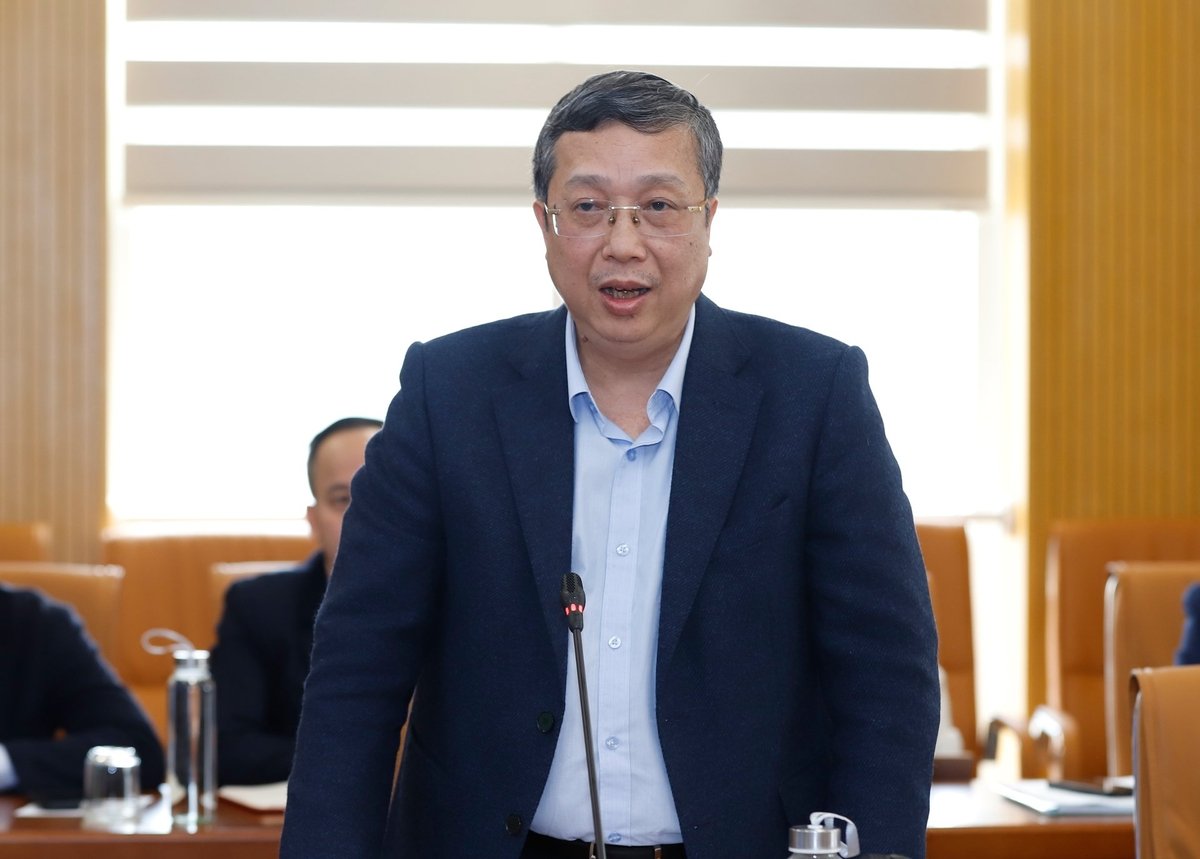
Deputy Minister of Agriculture and Environment Hoang Trung. Photo: Khuong Trung.
In crop production, rice output has reached a plateau of approximately 43 million tons per year, produced on a total cultivation area of just 3.32 million hectares. To optimize production efficiency, the Ministry of Agriculture and Rural Development has implemented a development strategy tailored to each ecological zone, while simultaneously reviewing and converting low-efficiency cultivated areas to alternative crops with higher economic value.
Meanwhile, vegetables and fruits remain a largely untapped sector with significant growth potential, having set several records in recent years. Key industrial crops for both domestic consumption and export have also experienced notable increases in output, contributing significantly to the overall development of the agricultural sector.
Enhancing product value depends not only on increased output but also on ensuring consistent and stable quality. At the beginning of 2025, some agricultural products faced technical barriers due to failure to meet quality standards. However, thanks to timely and effective interventions, these products are gradually returning to the export market.
Also from the beginning of the year, the crop production sector has formulated detailed plans and assigned specific targets to each locality. Efforts have been intensified to improve pest and disease prevention, thereby reducing post-harvest losses. At the same time, the sector has strengthened deep processing and implemented comprehensive solutions to overcome technical barriers.
Proper control of these factors could help the crop production sector maintain a growth rate between 2.65% and 2.9%, provided that weather conditions do not present significant challenges. Otherwise, facilitating resource mobilization and unblocking bottlenecks in exports will be essential to avoid stagnation, ensure stable production, and promote sustainable development.
According to Deputy Minister Phung Duc Tien, digitalization, the circular economy, and administrative reform are the three main pillars driving agricultural growth. However, the key question remains: what will serve as the new momentum, and how can these factors be harnessed to create real breakthroughs for both enterprises and farmers?
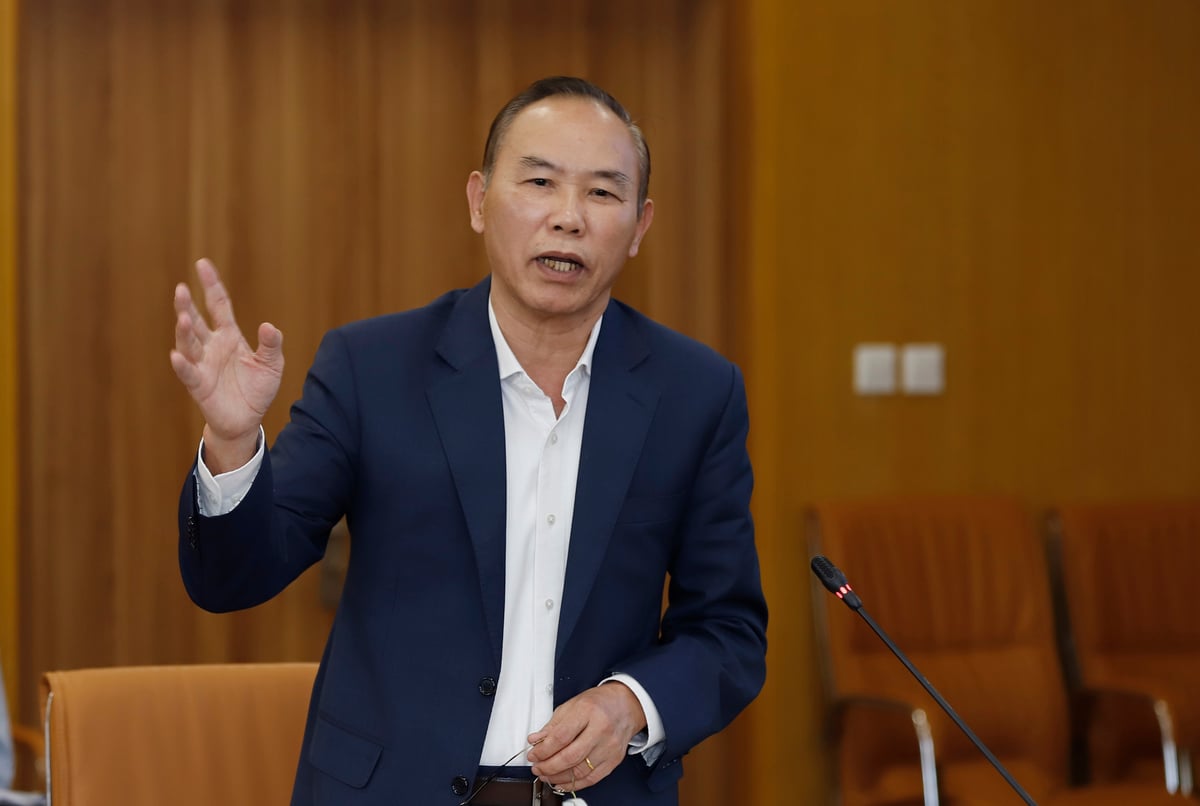
Deputy Minister of Agriculture and Environment Phung Duc Tien. Photo: Khuong Trung.
Deputy Minister Tien stated that in the livestock sector, the focus should be on improving the quality of breeding stock and ensuring self-sufficiency in animal feed sources. These two key factors help increase productivity and reduce production costs. In addition, reducing post-harvest losses is also an important issue that needs attention, contributing to optimizing the agricultural value chain.
Regarding the forestry sector, Deputy Minister Nguyen Quoc Tri emphasized that in 2024, exports of wood and forestry products saw record increases, and in 2025, the sector will continue to develop based on this foundation. Among the outstanding issues in the forestry sector that need clarification and specific statistics are income from firewood and the benefits of forest carbon credit services.
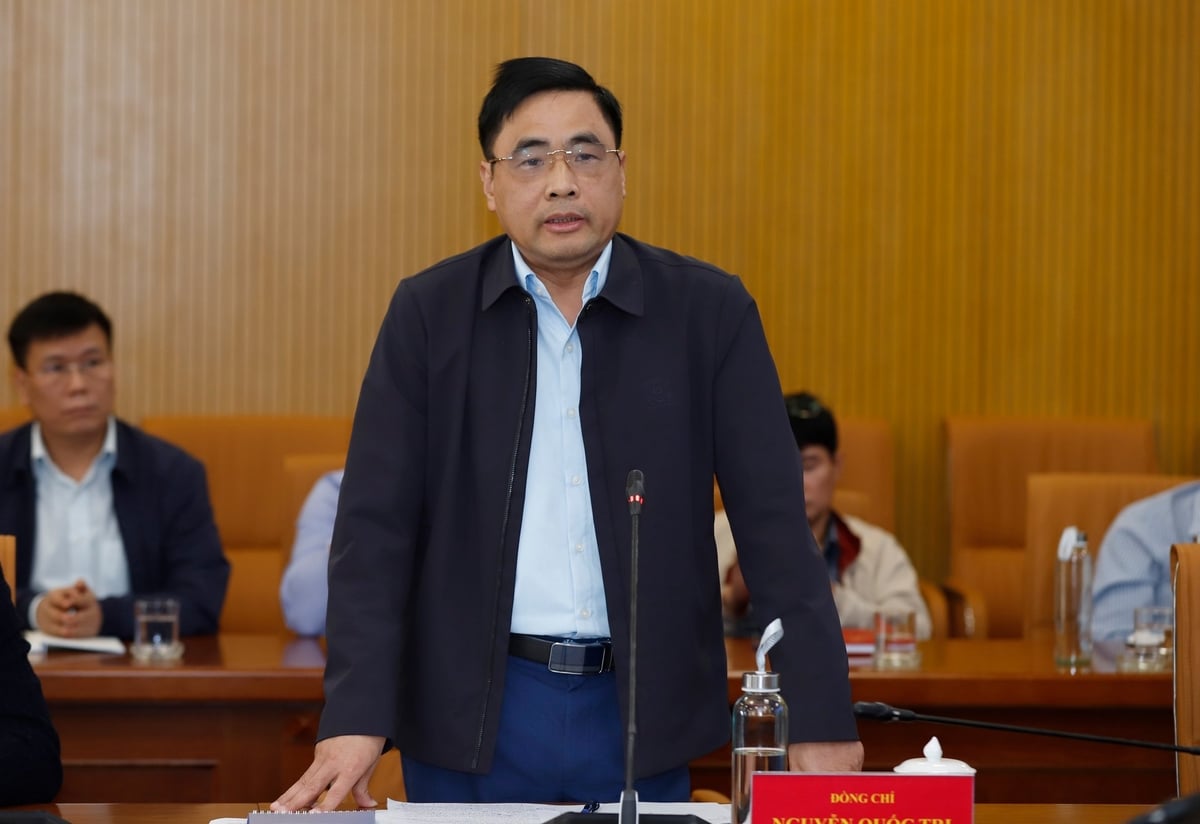
Deputy Minister of Agriculture and Environment Nguyen Quoc Tri. Photo: Khuong Trung.
One of the important directions of the sector is to promote the planting of large timber forests to ensure both productivity and wood quality.
Regarding wood exports, the sector has set ambitious targets. In the first three months of 2025, wood and wood product exports reached USD 3.95 billion, up 11.6% compared to the same period in 2024. The Planning Department has assigned an export target of USD 8.5 billion, creating a crucial momentum for the sector to continue contributing to overall economic growth.
In a discussion on market connectivity, Deputy Minister Tran Thanh Nam noted that many localities in the Mekong Delta remain cautious in setting a 4% agricultural growth target, despite having strengths in agricultural production. Deputy Minister Nam affirmed that there is a solid basis to believe these localities can achieve the 4% mark. Many have yet to fully account for their key products, so the Ministry of Agriculture and Environment must review and assess strategic products and recommend that localities include them in their growth plans.
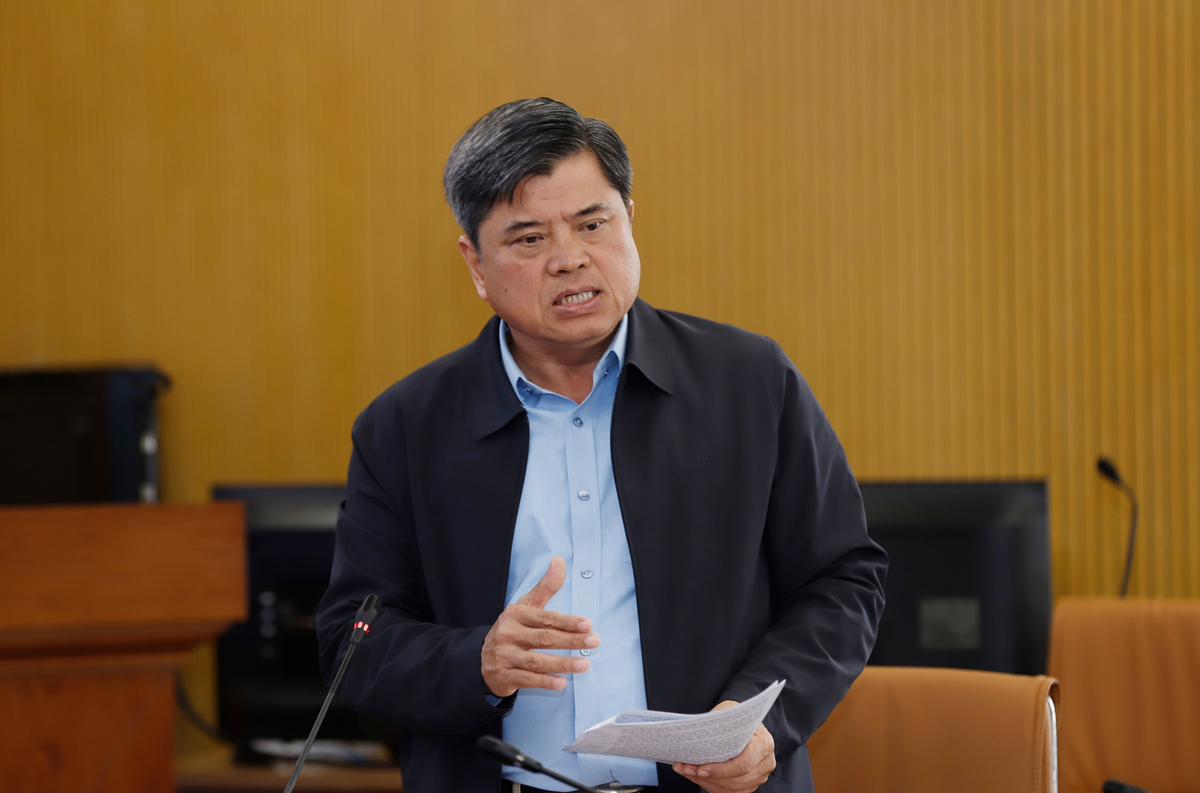
Deputy Minister of Agriculture and Environment Tran Thanh Nam. Photo: Khuong Trung.
“In the first quarter, the fisheries and fruit sectors recorded good growth. Particularly, durian and cassava are expected to continue their breakthrough in the near future, as China has relaxed its phytosanitary measures. If this trend continues across all four quarters, a strong overall growth rate is entirely achievable. However, this requires strong effort from local authorities,” Deputy Minister Nam emphasized.
Deputy Minister Nam also requested the Planning and Finance Department to prioritize food safety in the Action Plan for achieving growth targets in the agriculture - environment sector. Accordingly, the Ministry must closely coordinate with customs authorities to properly manage border gates and limit the circulation of goods outside the official channels.
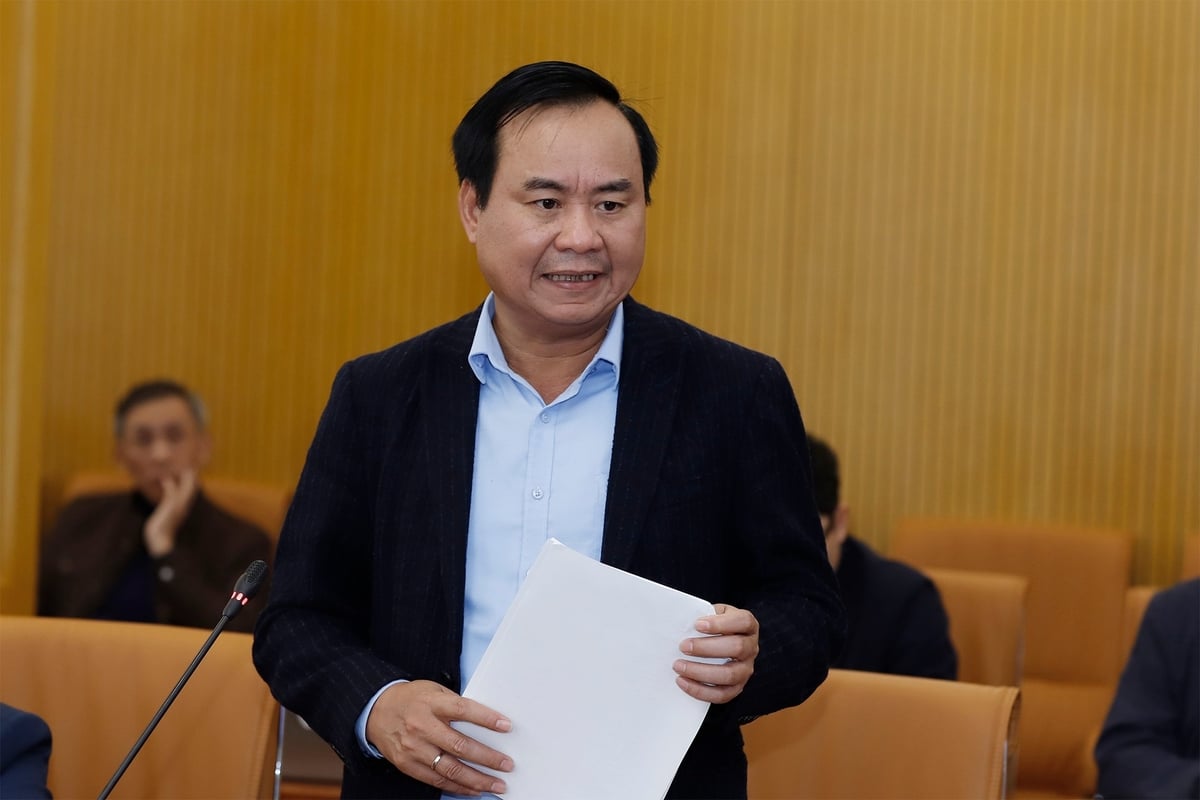
Deputy Minister of Agriculture and Environment Vo Van Hung. Photo: Khuong Trung.
Finally, Deputy Minister Vo Van Hung stressed that building a streamlined mechanism is not only to meet the growth target for 2025 but also to lay the foundation for the following stages. If the focus remains solely on increasing quantity, limits will soon be reached. Therefore, a shift toward improving quality and value is necessary, especially by promoting deep processing and the development of the breeding industry.
"Enhancing product value lies not only in quality but also in how we tell the cultural story behind each type of agricultural product. At the same time, we must formulate hypotheses and response strategies in the context of evolving political systems, institutions, and new standards and regulations," Deputy Minister Vo Van Hung affirmed.
Translated by Linh Linh
/2025/12/02/2629-3-141849_60.jpg)
(VAN) Based on its large-scale planted forests, several rubber enterprises have proactively conducted greenhouse gas emission inventories in preparation for entering the forest carbon credit market.

(VAN) MAE is leading in developing a national rare earth strategy, which will be submitted to the competent authorities for promulgation in early 2026.
/2025/12/02/4006-4-092040_652.jpg)
(VAN) The model of converting low-efficiency rice land to aquaculture in many localities has helped increase incomes by 5 to 15 times, improve the environment, and form new fisheries economic zones.

(VAN) Funded by ACIAR, Project FST/2020/123 focuses on measures to prevent harmful alien species, thereby protecting forests from invasive threats.

(VAN) The National Assembly's Supervisory Delegation pointed out solutions for the blue economy, circular economy, environmental protection, and technology application for sustainable marine governance.

(VAN) Lao Cai’s forestry sector is stepping into the spotlight with a series of pioneering initiatives in forest management, monitoring, and sustainable development aimed at generating carbon credits.

(VAN) The Provincial Competitiveness and Governance Index (PCGI) is a tool designed to reflect the quality of local governance.